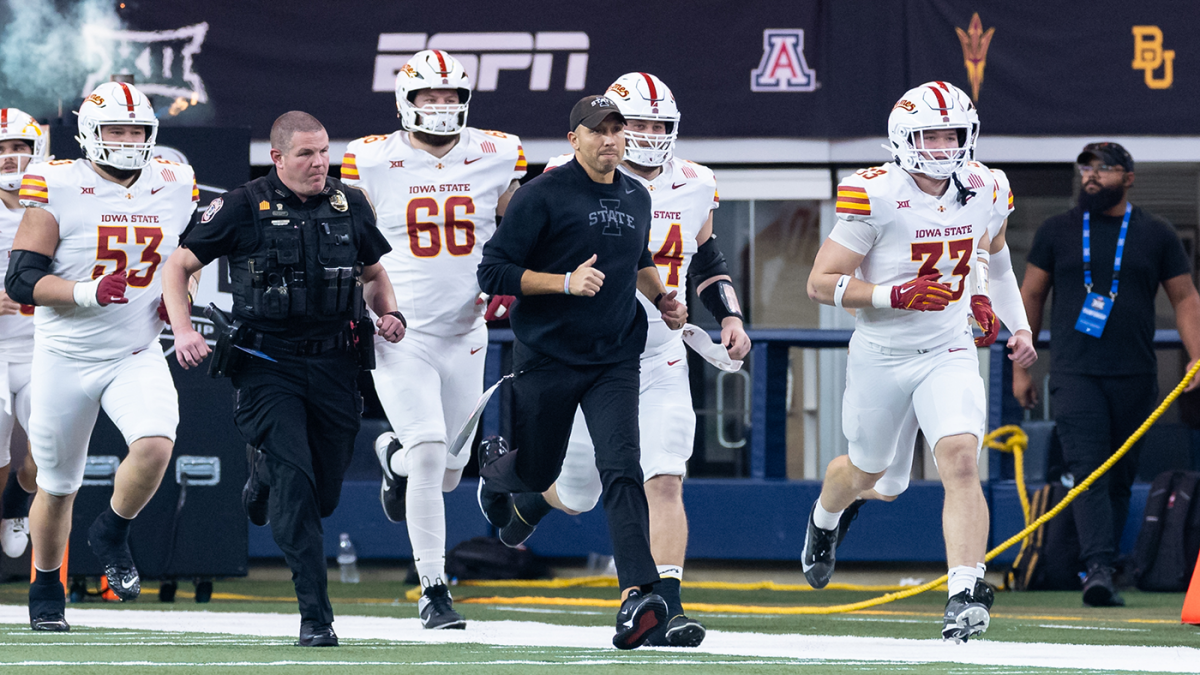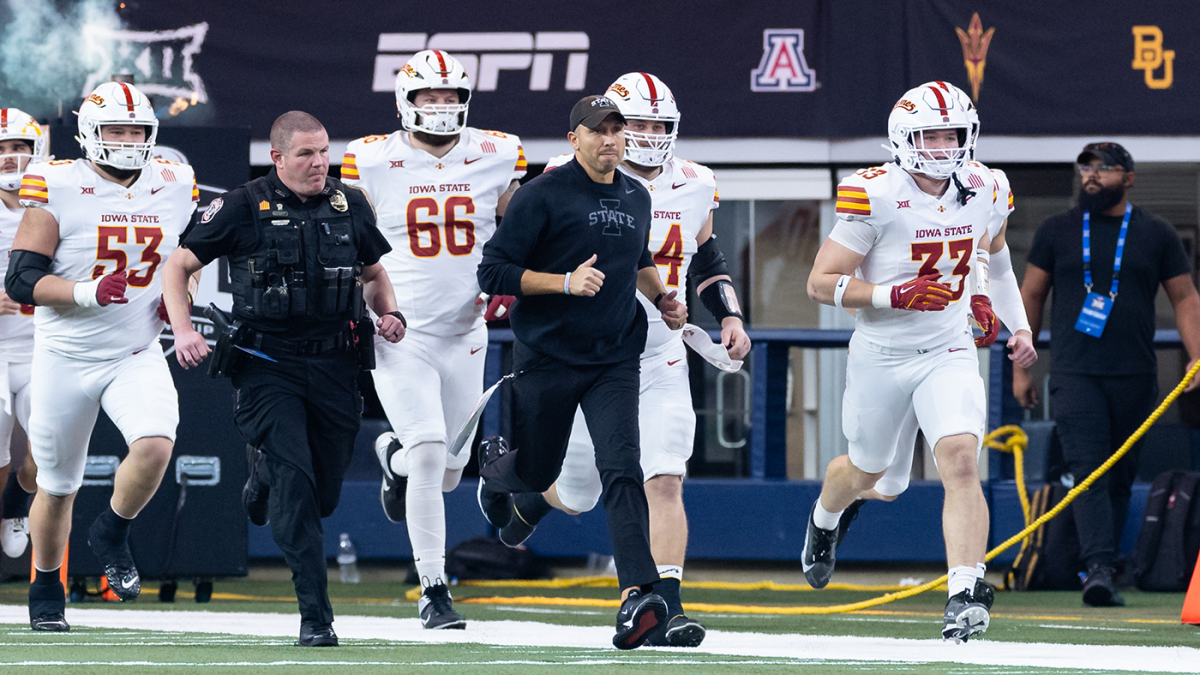The landscape of college football in 2025 is undergoing a profound transformation, shaped by roster limitations, conference realignment, and the evolving impact of Name, Image, and Likeness (NIL) deals. These changes are redefining how programs operate, recruit, and compete, with significant implications for teams like the Iowa State Cyclones. As the sport navigates this new era, strategic adaptability and forward-thinking leadership will be crucial for sustained success.
The Shrinking Roster: A Test of Depth and Strategy
The reduction of roster sizes to 105 players per school in 2025 marks a pivotal shift in college football. This change, which represents an average decrease of approximately 23 players across the country, forces programs to rethink their approach to roster management. For Iowa State and other teams, this means prioritizing player versatility, development, and strategic use of the transfer portal.
Increased Emphasis on Player Versatility
With fewer roster spots available, coaches must prioritize athletes who can contribute in multiple positions or on special teams. This shift calls for a more strategic approach to recruiting, targeting players with diverse skill sets. For Iowa State, this could mean focusing on recruits who can play both offense and defense or excel in special teams roles. The ability to develop players who can fill multiple roles will be a key factor in maintaining a competitive roster.
Development Over Quantity
The reduction in roster size also shifts the focus from accumulating large numbers of recruits to developing the talent already on the team. This places a greater emphasis on coaching and training techniques designed to maximize player potential. Iowa State, under the leadership of Coach Matt Campbell, has a strong track record of player development. The program must continue to refine its development strategies to ensure that every player on the roster is contributing to the team’s success.
Transfer Portal Significance
The transfer portal becomes an even more vital tool for filling specific needs within a roster. Teams may strategically target experienced players from other programs to address immediate gaps or enhance positional depth. For Iowa State, the transfer portal could be a valuable resource for finding under-the-radar talents who can make an immediate impact. The ability to identify and integrate these players will be crucial for the Cyclones’ success.
Impact on Walk-On Programs
The reduction in roster size could significantly impact walk-on programs, which often provide valuable depth and contribute to team culture. Coaches may need to make tough choices regarding walk-on opportunities. Iowa State has a strong tradition of developing walk-on talent, and the program must carefully evaluate how to maintain this aspect of its culture while adhering to the new roster limits.
Conference Realignment and the Big 12: A Shifting Power Dynamic
Conference realignment has been a recurring theme in college football, and the Big 12 has been at the center of many discussions. With teams like Texas and Oklahoma departing, the conference faces the challenge of maintaining its competitiveness and relevance on the national stage.
The Big 12’s Evolution
The Big 12 has responded to the departures by adding new members, seeking to expand its geographic footprint and market appeal. These additions bring new rivalries and competitive dynamics to the conference. The financial implications of conference realignment are significant, particularly concerning media rights deals. The Big 12 must secure favorable agreements to ensure its long-term financial stability and competitive balance.
Impact on Iowa State
Iowa State, as a founding member of the Big 12, has a vested interest in the conference’s success. The Cyclones’ ability to compete for conference championships and secure College Football Playoff berths is directly tied to the strength and stability of the Big 12. The program must navigate the challenges of conference realignment while maintaining its competitive edge.
The NIL Era: Opportunities and Challenges
Name, Image, and Likeness (NIL) deals have transformed the landscape of college athletics, allowing student-athletes to profit from their personal brands. While NIL presents new opportunities for athletes, it also poses challenges for programs seeking to maintain a level playing field.
The Impact of NIL
NIL deals can be a significant recruiting tool, attracting top talent to programs that can offer lucrative opportunities. This creates a competitive advantage for schools with strong alumni networks and robust fundraising capabilities. However, NIL has also exacerbated financial disparities between programs, with some schools able to offer significantly more lucrative deals than others. This can lead to imbalances in talent acquisition and competitive outcomes.
Compliance and Regulation
The lack of uniform NIL regulations across states creates challenges for compliance and enforcement. Programs must navigate a complex web of rules and guidelines to ensure they are operating within the bounds of the law. Iowa State must develop creative strategies to support its athletes’ NIL endeavors while ensuring compliance with NCAA regulations. This may involve partnering with local businesses, establishing NIL collectives, and providing educational resources to student-athletes.
Team Dynamics
NIL deals can potentially impact team dynamics, creating divisions among players based on earning potential. Coaches must manage these dynamics carefully to maintain team cohesion and morale. Iowa State’s ability to foster a strong team culture and manage the complexities of NIL will be crucial for its success in 2025 and beyond.
Iowa State’s Trajectory: Building on Success
Despite the challenges posed by roster limits, conference realignment, and NIL, Iowa State is well-positioned for continued success in 2025 and beyond. The Cyclones have established a strong foundation under Coach Campbell, with a track record of player development, strategic recruiting, and competitive performance.
Coaching Stability
Coach Campbell’s leadership and stability provide a consistent vision and direction for the program. His ability to develop talent and build a strong team culture is crucial for sustained success. The coaching staff’s experience and expertise will be invaluable as the program navigates the challenges of the new era.
Defensive Prowess
Iowa State’s defense has been a consistent strength, and the program must continue to develop and recruit top defensive talent. An under-the-radar transfer could significantly boost the defensive line. The ability to maintain a strong defense will be a key factor in the Cyclones’ success.
Offensive Evolution
As the offense evolves, Iowa State must find ways to maximize its offensive potential. Developing a strong running game and finding playmakers at the skill positions will be essential. The program’s ability to adapt and innovate on offense will be crucial for maintaining competitiveness.
Recruiting Success
Iowa State’s ability to attract and develop talented recruits is critical for maintaining its competitiveness. The program must continue to identify and cultivate players who fit its culture and system. Strategic recruiting will be essential for building a roster that can thrive within the new constraints.
Conclusion
As college football enters a new era in 2025, programs must adapt to evolving roster limits, shifting conference dynamics, and the impact of NIL. Iowa State, like other institutions, faces both challenges and opportunities in this changing landscape. By embracing strategic roster management, navigating the complexities of conference realignment, and fostering a culture of innovation in the NIL era, the Cyclones can position themselves for continued success on and off the field. The future of college football is uncertain, but for Iowa State, the path forward is paved with potential. The ability to adapt, innovate, and maintain a strong foundation will be the keys to unlocking that potential and achieving long-term success.












